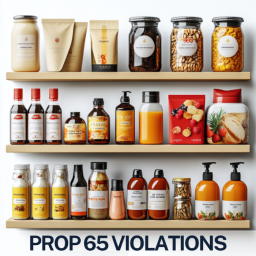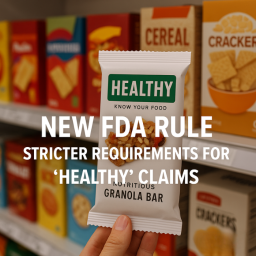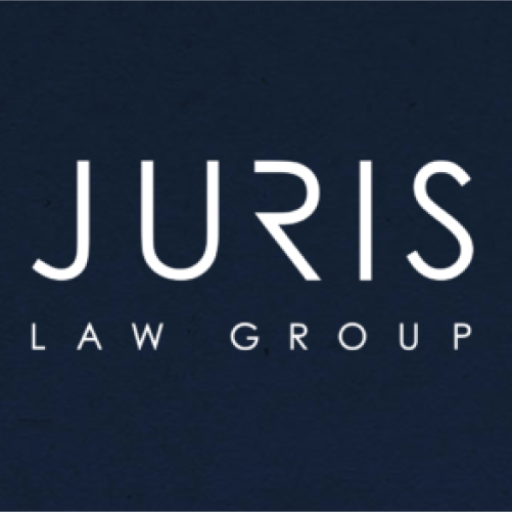
The Trump administration’s “Make America Healthy Again” (MAHA) initiative has ignited fresh debate in the food and beverage industry. One of its most controversial proposals is to require labels to explicitly disclose when products contain gluten, moving beyond today’s voluntary “gluten-free” marketing claims.
For food and beverage companies, this raises pressing questions: What would compliance look like? Which laws apply? And what risks lie ahead if the proposal becomes reality?
What Is the Current Legal Standard for Gluten Labeling?
Today, U.S. labeling law is governed by the Food Allergen Labeling and Consumer Protection Act (FALCPA) and FDA regulations.
- Wheat is already a “major allergen” and must be disclosed.
- Gluten itself is not legally classified as an allergen. Instead, FDA allows voluntary “gluten-free” claims if a product contains less than 20 parts per million (ppm) of gluten (FDA Guidance).
This means manufacturers do not have to say when gluten is present unless wheat is an ingredient. For consumers with celiac disease or gluten sensitivity, that leaves blind spots.
How Would MAHA Gluten Disclosure and Food Labeling Rules Change Compliance?
The MAHA report recommends a shift toward mandatory disclosure: products containing gluten would need a clear “Contains: Gluten” statement, similar to allergen warnings.
The roadmap does not yet define:
- Whether oats and barley fall under the disclosure mandate,
- How cross-contact will be handled, or
- Whether FDA will set new ppm thresholds beyond the “gluten-free” standard.
Without clarity, companies face significant uncertainty about what compliance will require.
What Legal Issues Could Companies Encounter?
- Authority to Regulate
FDA may need either new congressional legislation or a creative expansion of its authority under the FDCA to enforce gluten disclosure. Industry groups could challenge such rules as exceeding FDA’s mandate.
- Definitional Ambiguity
Gluten is not a single substance but a family of proteins. Without clear definitions, companies risk lawsuits over whether a product “contains gluten” when derived ingredients are involved.
- Packaging and Relabeling Costs
Mandatory disclosure would require packaging redesigns across entire product lines, raising expenses for design, legal review, printing, and distribution.
- Testing and Verification
To avoid liability, companies may need regular gluten testing and stronger supplier certifications. FDA could enforce through inspections, while consumers may bring claims under state consumer protection laws.
- Litigation and Recall Risk
Misbranding or failure to disclose could trigger FDA warnings, recalls, and class actions, especially in states with plaintiff-friendly consumer protection statutes like California.
How Can Companies Prepare for New Food Labeling Compliance?
- Audit Labels and Ingredients: Identify products with potential gluten content beyond wheat.
- Strengthen Supplier Agreements: Require written certifications and indemnification clauses.
- Plan for Packaging Updates: Budget for redesign cycles and build disclosure into branding strategies early.
- Develop Testing Protocols: Regular batch testing and documentation can demonstrate good-faith compliance.
- Monitor Rulemaking: Track FDA dockets and congressional activity; petitions are already pending that push for mandatory gluten labeling.
- Assess Legal Exposure: Review insurance coverage and prepare litigation strategies if disclosure rules expand.
Frequently Asked Questions (FAQs)
Will gluten disclosure definitely become law?
Not yet. MAHA is a policy roadmap, not binding regulation. Congress or FDA would need to take formal action.
Does wheat disclosure already cover gluten?
Partially. Wheat must be labeled, but barley, rye, and other gluten sources do not require explicit disclosure.
What’s the timeline if rules are adopted?
New labeling requirements typically take several years to finalize, with phased compliance deadlines. Companies should expect a 2–4 year rollout.
Could states act independently?
Yes. States like California could enact stricter rules, creating a patchwork of obligations unless federal rules preempt them.
What are the penalties for non-compliance?
Misbranding under the FDCA can lead to warning letters, civil penalties, recalls, and private lawsuits.
Key Takeaways
- MAHA’s proposal would mark a major shift in U.S. food labeling, moving gluten from voluntary marketing to mandatory disclosure.
- Legal uncertainties remain: FDA’s authority, scope of definitions, and enforcement mechanisms are all unsettled.
- Companies face potential high costs for relabeling, testing, and supply chain verification, as well as greater litigation risk.
- Preparing now through audits, supplier contracts, testing, and monitoring is the best way to stay ahead of regulatory change.
How Juris Law Group Can Help
At Juris Law Group, P.C., we guide food and beverage companies through the evolving maze of federal and state packaging laws. Our attorneys advise on compliance strategies, draft supplier and distribution agreements, and defend against labeling litigation. If your business wants to stay compliant and ahead of pending disclosure rules, our team can help you navigate every step with confidence.












